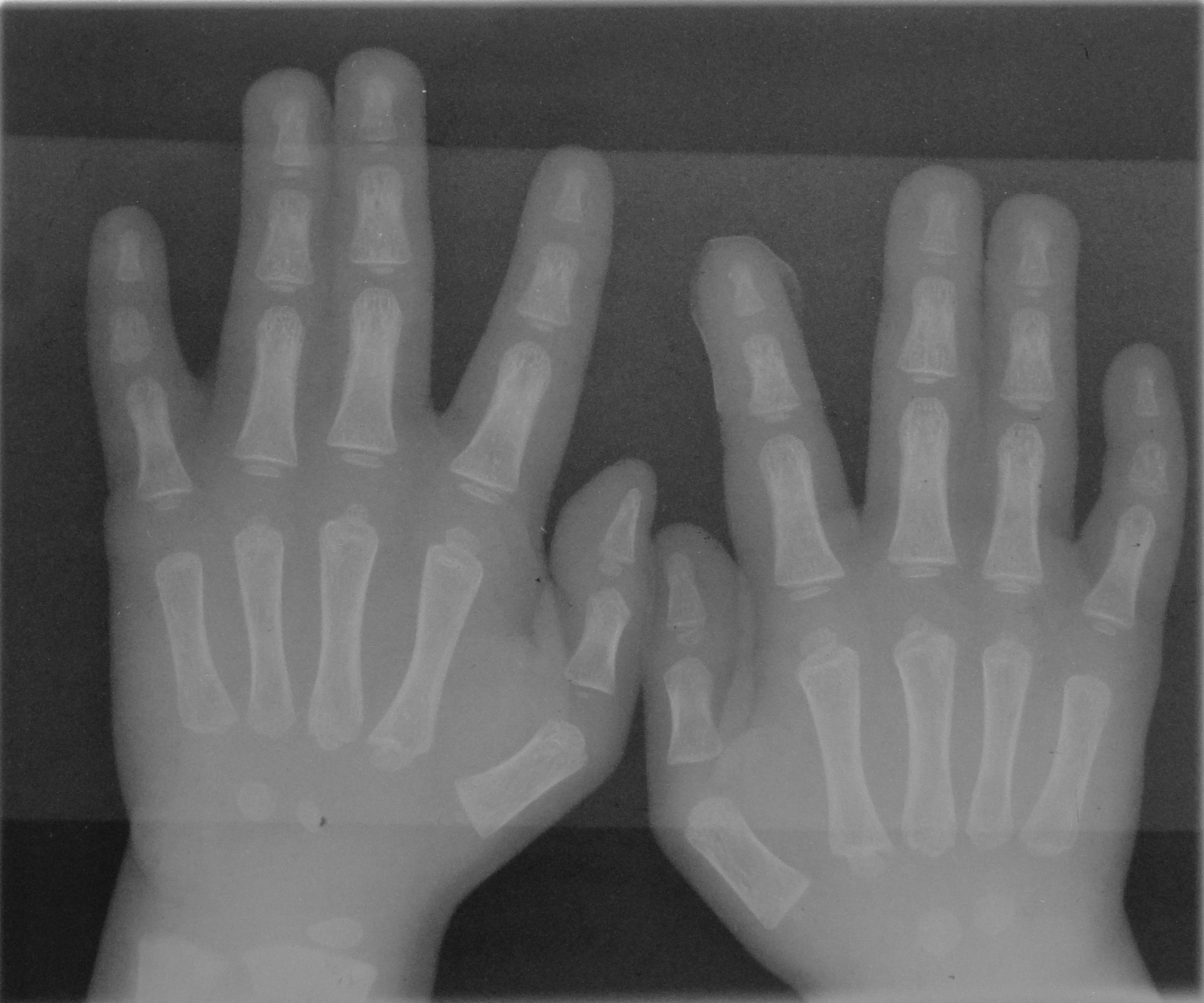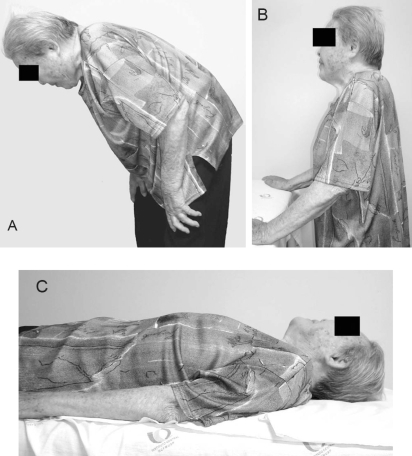|
Alexandre-Achille Souques
Alexandre-Achille Cyprien Souques (6 February 1860 – 24 December 1944) was a French neurologist born in Comprégnac in the département Aveyron. Souques studied medicine in Paris, where in 1886 he became an interne and in 1891 earned his medical doctorate. Afterwards he worked as ''médecin des hôpitaux'' (Hospice de la Salpêtrière), and in 1918 became a member of the Académie de Médecine. With Joseph Babinski (1857-1932) and others, he was a founding member of the ''Societé de Neurologie de Paris''. He is remembered for his extensive research of Parkinsonism, and in a 1921 treatise titled ''Rapport sur les syndromes parkinsoniens'', he documented the importance of encephalitis lethargica as a cause of Parkinsonism. With his mentor Jean-Martin Charcot (1825-1893), he described the eponymous "Souques-Charcot geroderma", a condition that is a variant of Hutchinson–Gilford disease. Souques is also credited with introducing the term " camptocormia" to describe an abnormal ... [...More Info...] [...Related Items...] OR: [Wikipedia] [Google] [Baidu] |
Alexandre Achille Souques , a Portuguese hypocoristic of the name "Alexandre"
{{Disambig ...
Alexandre may refer to: * Alexandre (given name) * Alexandre (surname) * Alexandre (film) See also * Alexander * Xano (other) Xano is the name of: * Xano, a Portuguese hypocoristic of the name " Alexandre (other)" * Idálio Alexandre Ferreira (born 1983), Portuguese footballer known as "Xano", currently playing for Sligo Rovers {{hndis ... [...More Info...] [...Related Items...] OR: [Wikipedia] [Google] [Baidu] |
Progeria
Progeria is a specific type of progeroid syndrome, also known as Hutchinson–Gilford syndrome. A single gene mutation is responsible for progeria. The gene, known as lamin A (LMNA), makes a protein necessary for holding the Nucleus of the cell together. When this gene gets mutated an abnormal form of lamin A protein called Progerin is produced. Progeroid syndromes are a group of diseases that causes individuals to age faster than usual, leading to them appearing older than they actually are. Patients born with progeria typically live to an age of mid-teens to early twenties. Severe cardiovascular complications usually develop by puberty, resulting in death. Signs and symptoms Children with progeria usually develop the first symptoms during their first few months of life. The earliest symptoms may include a failure to thrive and a localized scleroderma-like skin condition. As a child ages past infancy, additional conditions become apparent, usually around 18–24 months. Limite ... [...More Info...] [...Related Items...] OR: [Wikipedia] [Google] [Baidu] |
1944 Deaths
Events Below, the events of World War II have the "WWII" prefix. January * January 2 – WWII: ** Free French General Jean de Lattre de Tassigny is appointed to command French Army B, part of the Sixth United States Army Group in North Africa. ** Landing at Saidor: 13,000 US and Australian troops land on Papua New Guinea, in an attempt to cut off a Japanese retreat. * January 8 – WWII: Philippine Commonwealth troops enter the province of Ilocos Sur in northern Luzon and attack Japanese forces. * January 11 ** President of the United States Franklin D. Roosevelt proposes a Second Bill of Rights for social and economic security, in his State of the Union address. ** The Nazi German administration expands Kraków-Płaszów concentration camp into the larger standalone ''Konzentrationslager Plaszow bei Krakau'' in occupied Poland. * January 12 – WWII: Winston Churchill and Charles de Gaulle begin a 2-day conference in Marrakech. * January 14 – WWII: Sovi ... [...More Info...] [...Related Items...] OR: [Wikipedia] [Google] [Baidu] |
1860 Births
Year 186 ( CLXXXVI) was a common year starting on Saturday (link will display the full calendar) of the Julian calendar. At the time, it was known as the Year of the Consulship of Aurelius and Glabrio (or, less frequently, year 939 ''Ab urbe condita''). The denomination 186 for this year has been used since the early medieval period, when the Anno Domini calendar era became the prevalent method in Europe for naming years. Events By place Roman Empire * Peasants in Gaul stage an anti-tax uprising under Maternus. * Roman governor Pertinax escapes an assassination attempt, by British usurpers. New Zealand * The Hatepe volcanic eruption extends Lake Taupō and makes skies red across the world. However, recent radiocarbon dating by R. Sparks has put the date at 233 AD ± 13 (95% confidence). Births * Ma Liang, Chinese official of the Shu Han state (d. 222) Deaths * April 21 – Apollonius the Apologist, Christian martyr * Bian Zhang, Chinese official and g ... [...More Info...] [...Related Items...] OR: [Wikipedia] [Google] [Baidu] |
Who Named It
''Whonamedit?'' is an online English-language dictionary of medical eponyms and the people associated with their identification. Though it is a dictionary, many eponyms and persons are presented in extensive articles with comprehensive bibliographies. The dictionary is hosted in Norway Norway, officially the Kingdom of Norway, is a Nordic country in Northern Europe, the mainland territory of which comprises the western and northernmost portion of the Scandinavian Peninsula. The remote Arctic island of Jan Mayen and t ... and maintained by medical historian Ole Daniel Enersen. References External links * Medical websites Medical dictionaries Eponyms {{online-dict-stub ... [...More Info...] [...Related Items...] OR: [Wikipedia] [Google] [Baidu] |
Stéphen Chauvet
Stéphen-Charles Chauvet (1885–1950), commonly known as Dr Stéphen Chauvet, was the author of the first illustrated book about Easter Island, ''L'Île de Pâques et ses mystères,'' published in Paris in 1935. Chauvet never traveled to Easter Island; he derived much of his information from sources of mixed reliability. However, his book remains an important work, in particular, because of its many illustrations, some of which show objects that no longer exist. The French version of the book has never been republished. A Spanish translation, "La isla de Pascua y sus misterios" was published in Santiago, Chile, in 1946 and reprinted in 1970. An English translation has also been published. See also *History of Easter Island Geologically one of the youngest inhabited territories on Earth, Easter Island, located in the mid-Pacific Ocean, was, for most of its history, one of the most isolated. Its inhabitants, the Rapa Nui, have endured famines, epidemics of disease and ... ... [...More Info...] [...Related Items...] OR: [Wikipedia] [Google] [Baidu] |
Paresis
In medicine, paresis () is a condition typified by a weakness of voluntary movement, or by partial loss of voluntary movement or by impaired movement. When used without qualifiers, it usually refers to the limbs, but it can also be used to describe the muscles of the eyes ( ophthalmoparesis), the stomach (gastroparesis), and also the vocal cords ( Vocal cord paresis). Neurologists use the term ''paresis'' to describe weakness, and ''plegia'' to describe paralysis in which all voluntary movement is lost. The term ''paresis'' comes from the grc, πάρεσις 'letting go' from παρίημι 'to let go, to let fall'. Types Limbs * Monoparesis – One leg or one arm * Paraparesis – Both legs * Hemiparesis – The loss of function to only one side of the body * Triparesis Three limbs. This can either mean both legs and one arm, both arms and a leg, or a combination of one arm, one leg, and face * Double Hemiparesis all four limbs are involved, but one side of the body i ... [...More Info...] [...Related Items...] OR: [Wikipedia] [Google] [Baidu] |
Finger
A finger is a limb of the body and a type of digit, an organ of manipulation and sensation found in the hands of most of the Tetrapods, so also with humans and other primates. Most land vertebrates have five fingers (Pentadactyly). Chambers 1998 p. 603 Oxford Illustrated pp. 311, 380 Land vertebrate fingers The five-rayed anterior limbs of terrestrial vertebrates can be derived phylogenetically from the pectoral fins of fish. Within the taxa of the terrestrial vertebrates, the basic pentadactyl plan, and thus also the fingers and phalanges, undergo many variations. Morphologically the different fingers of terrestrial vertebrates are homolog. The wings of birds and those of bats are not homologous, they are analogue flight organs. However, the phalanges within them are homologous. Chimpanzees have lower limbs that are specialized for manipulation, and (arguably) have fingers on their lower limbs as well. In the case of Primates in general, the digits of the hand a ... [...More Info...] [...Related Items...] OR: [Wikipedia] [Google] [Baidu] |
Camptocormia
Camptocormia, also known as bent spine syndrome (BSS), is a symptom of a multitude of diseases that is most commonly seen in the elderly. It is identified by an abnormal thoracolumbar spinal flexion, which is a forward bending of the lower joints of the spine, occurring in a standing position. In order to be classified as BSS, the anterior flexion (the lower back bending) must be of 45 degrees anteriorly. This classification differentiates it from a similar syndrome known as kyphosis. Although camptocormia is a symptom of many diseases, there are two common origins: neurological and muscular. Camptocormia is treated by alleviating the underlying condition causing it through therapeutic measures or lifestyle changes. History and society ''Camptocormia'' comes from two Greek words, meaning "to bend" (κάμπτω, ''kamptō'') and "trunk" (κόρμος, ''kormos''), and was coined by Alexandre-Achille Souques and B. Rosanoff-Saloff. These two men also created the definition of ... [...More Info...] [...Related Items...] OR: [Wikipedia] [Google] [Baidu] |
Jean-Martin Charcot
Jean-Martin Charcot (; 29 November 1825 – 16 August 1893) was a French neurologist and professor of anatomical pathology. He worked on hypnosis and hysteria, in particular with his hysteria patient Louise Augustine Gleizes. Charcot is known as "the founder of modern neurology",Lamberty (2007), p. 5 and his name has been associated with at least 15 medical eponyms, including various conditions sometimes referred to as Charcot diseases. Charcot has been referred to as "the father of French neurology and one of the world's pioneers of neurology". His work greatly influenced the developing fields of neurology and psychology; modern psychiatry owes much to the work of Charcot and his direct followers.Bogousslavsky (2010), p. 7 He was the "foremost neurologist of late nineteenth-century France" and has been called "the Napoleon of the neuroses". Personal life Born in Paris, Charcot worked and taught at the famous Pitié-Salpêtrière Hospital for 33 years. His reputation as an ... [...More Info...] [...Related Items...] OR: [Wikipedia] [Google] [Baidu] |
Neurologist
Neurology (from el, νεῦρον (neûron), "string, nerve" and the suffix -logia, "study of") is the branch of medicine dealing with the diagnosis and treatment of all categories of conditions and disease involving the brain, the spinal cord and the peripheral nerves. Neurological practice relies heavily on the field of neuroscience, the scientific study of the nervous system. A neurologist is a physician specializing in neurology and trained to investigate, diagnose and treat neurological disorders. Neurologists treat a myriad of neurologic conditions, including stroke, seizures, movement disorders such as Parkinson's disease, autoimmune neurologic disorders such as multiple sclerosis, headache disorders like migraine and dementias such as Alzheimer's disease. Neurologists may also be involved in clinical research, clinical trials, and basic or translational research. While neurology is a nonsurgical specialty, its corresponding surgical specialty is neurosurgery. H ... [...More Info...] [...Related Items...] OR: [Wikipedia] [Google] [Baidu] |
Encephalitis Lethargica
Encephalitis lethargica is an atypical form of encephalitis. Also known as "sleeping sickness" or "sleepy sickness" (distinct from tsetse fly-transmitted sleeping sickness), it was first described in 1917 by neurologist Constantin von Economo and pathologist Jean-René Cruchet. The disease attacks the brain, leaving some victims in a statue-like condition, speechless and motionless. Between 1915 and 1926, an epidemic of encephalitis lethargica spread around the world. The exact number of people infected is unknown, but it is estimated that more than one million people contracted the disease during the epidemic, which directly caused more than 500,000 deaths. Most of those who survived never returned to their pre-morbid vigour. Signs and symptoms Encephalitis lethargica is characterized by high fever, sore throat, headache, lethargy, double vision, delayed physical and mental response, sleep inversion and catatonia. In severe cases, patients may enter a coma-like state ... [...More Info...] [...Related Items...] OR: [Wikipedia] [Google] [Baidu] |

.jpg)



